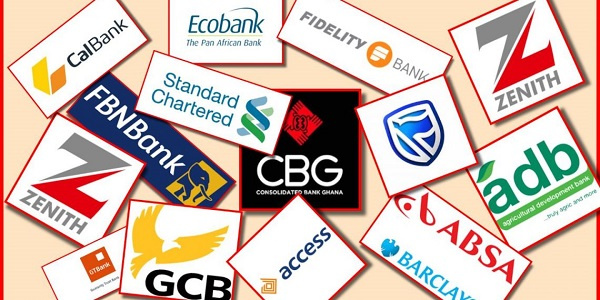Banks Eye Lower Lending Rates to Boost Credit, Cut Loan Defaults
Ghana’s banking industry is projecting a decline in lending rates to ease loan repayment pressures and reduce the high incidence of defaults, following policy directives from the Bank of Ghana.
The Ghana Association of Banks (GAB) said the sharp fall in the Ghana Reference Rate (GRR) to 19.67% in August 2025, from 29.72% in January, together with the central bank’s reduction of the policy rate to 25%, should encourage credit expansion while improving asset quality. Non-performing loans (NPLs) currently stand at 22%.
The remarks come after Bank of Ghana Governor, Dr Johnson Asiama, urged lenders to reorient their business models away from heavy reliance on government securities and channel more funds into productive sectors to support the economy’s fragile recovery.
Chief Executive Officer of GAB, John Awuah, in an interview, noted that cheaper credit, coupled with stronger oversight, could help improve repayment behaviour, but called on regulators and other stakeholders to play a more active role in mitigating risks.
“Banks have always been ready. With the default rate where they are, you can be as ready as you like, but if you are confronted with a 22% non-performing loan ratio, you will also be careful. You are playing with depositors’ money, and you don’t want to be throwing money out when the expectation for recovery is that low. We are calling on all key players whose decision-making, or lack of it, affects banks’ ability to recover from distressed accounts, to be watching the space,” he cautioned.
Mr Awuah added that elevated lending rates themselves have contributed to defaults, making facilities unaffordable for borrowers.
“Banks want to lend, but if the environment doesn’t foster lending… in a bid to protect depositors’ funds, we will be careful. We hold the view that higher lending rates also contribute to higher default rates because the facility becomes unaffordable. If the rate comes down and lending follows in tandem, then the propensity to perform on the loan will be enhanced,” he explained.
The fall in the GRR to 19.67% in August represents a 10.05 percentage point drop since the beginning of the year, compared with a more stable trend in 2024 when rates hovered above 29%. Analysts note that the decline reflects improved macroeconomic stability, easing inflation, and recent monetary policy adjustments.
The Monetary Policy Committee of the Bank of Ghana recently lowered the policy rate by 300 basis points, from 28% to 25%, to support credit growth and recovery momentum.







